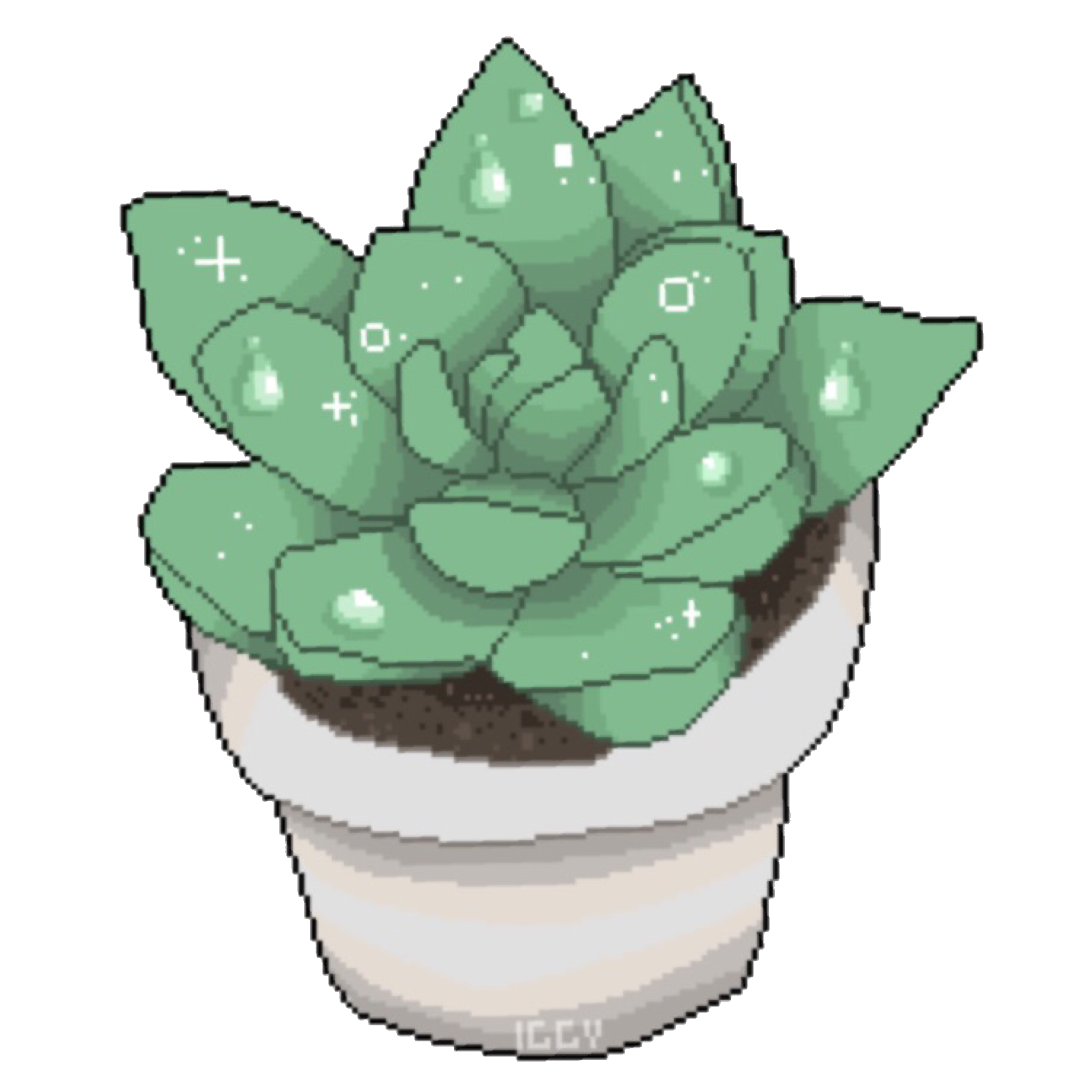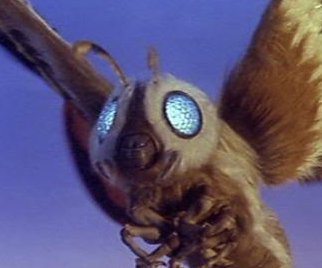Flat mites are becoming super common in the Hoya world, but because they’re so hard to see and do damage so slowly most people don’t know about them. A lot of cases of plants failing to thrive, never growing, or just looking sickly and slowly dying may be due to flat mites. You can see them easily with a cheap handheld magnifier, usually on the underside of leaves near the base.
Check out this link for more info: https://vermonthoyas.com/2022/11/09/lets-talk-about-the-new-hoya-scourge-the-flat-mite/
To cut to the chase, mix 2 tbs of sulfur with a gallon of water, shake vigorously, and put it in your sprayer. Shake frequently while spraying. Do it outside, we call it farting on our plants for a reason…
The gracilis (memoria?) pictured looked OK but it was next to patient zero, a fitchii that is just now coming back from the brink of death. The gracilis is suddenly growing like mad a month after farting. I left the sulfur residue on the leaves as a preventative so you can easily tell the new growth from old.
For anyone considering using sulphur outdoors, I just want to add some tips to minimize impact on bees.
Although garden sulphur’s toxicity towards bees is officially classed as low, it can still hurt them up to a week from application. It can make them aggressive or kill them, and they can bring toxicity back to their colonies if affected.
Best practice is to apply when plants are not actively blooming, after 5pm, and when temps are below 55°F/13°C
Outstanding info that I wasn’t aware of. We must do everything we can to protect out buzzy buddies.
I do not have hoyas, but after nearly losing a few of my outdoor plants to an unholy mix of mildew/fungus and pests last year, I sprayed them all with sulphur this spring and the difference has been incredible. Plants I thought were goners are now thriving, moreso than before they were attacked in the first place.
Sulphur also saved a couple of my indoor plants from mites when nothing else was working.
I swear the stuff is magic.
It’s weird, right? Cheap and effective.
Interesting. I wish they sold this in Sweden. Best I can get is a product containing sulphur, but it’s not very cheap.
You might try diatomaceous earth. This is what I use for pests on my houseplants, and it works pretty well against anything with an exoskeleton. Cheap and available here in Germany.
You should be able to get elemental sulfur. Even if it’s not labeled a horticultural product, so long as it’s 100% sulfur you’re good to go.
I did all of my hoyas early last fall after realising the corking on my balaensis was mites, and had the same results. I’ve read that the treatment should be repeated every 5-7 days for at least 5 weeks, so I did that for 6 or 7 weeks. Seems like people have good results just doing it occasionally, though.
I think if you rinse you must repeat but leaving it on works too.
Nice, is this a one time only application or would one need to repeat it every so many days/weeks?
It pretty much kills the mites dead on contact, so I did everything once I understood the problem and all new plants will be doused, but unless I see mites on anything in the future I might make it an every coupla years thing. A few of my friends and I have a theory that sulfur is an important micronutrient for Hoya as we see bursts of growth on even plants that didn’t have mites.
Interesting! Thank you





